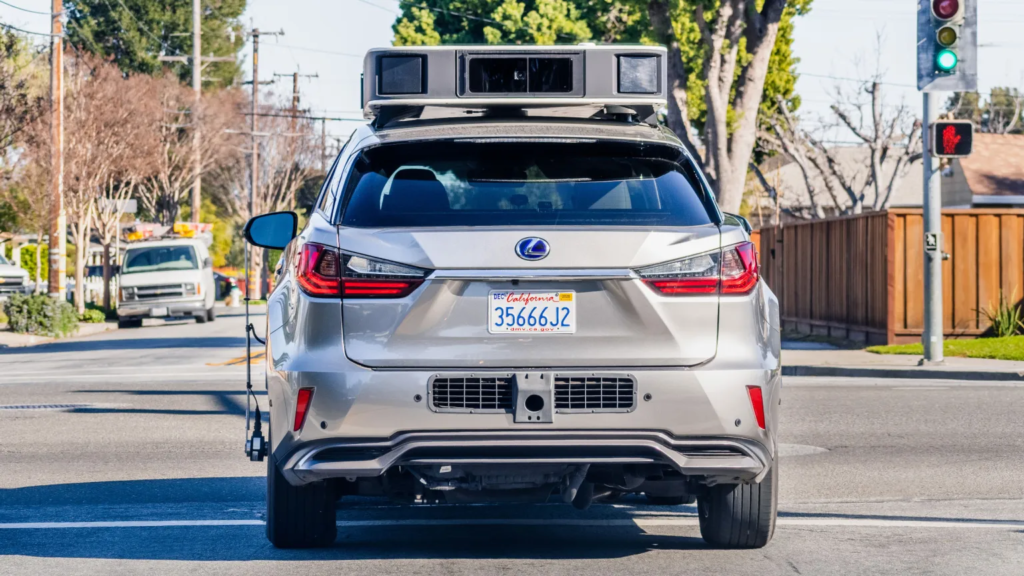Bugatti stands as a global icon of luxury, performance, and engineering innovation in the automotive world. Renowned for creating high-performance hypercars, the brand has continually redefined speed and sophistication. A prime example of its achievements is the Bugatti Chiron Super Sport 300+, which, in 2019, broke records by reaching an unprecedented top speed of 304.773 mph. This milestone made it the first road-legal car to surpass the 300 mph barrier. The Chiron Super Sport 300+ remains a benchmark in the world of hypercars, symbolizing Bugatti’s dedication to excellence and innovation.
Such feats don’t occur by mere chance. They require visionary leadership, rigorous planning, and a steadfast commitment to pushing boundaries. So, what is Bugatti’s journey to this pinnacle of success? More importantly, who owns Bugatti today?
Bugatti Ownership: The Bugatti Rimac Partnership
Since 2021, Bugatti has been owned by Bugatti Rimac, a joint venture formed between Rimac Group and Porsche AG, the latter a subsidiary of Volkswagen Group. Under this partnership, Rimac Group holds a 55% majority stake, while Porsche AG controls the remaining 45%.
Interestingly, Porsche also has a 24% stake in Rimac Group, sharing ownership with Mate Rimac (37%), Hyundai Motor Group (12%), and other investors (27%). Despite Porsche’s partial ownership of Rimac, the majority control of Bugatti remains with Mate Rimac’s Rimac Group. This collaboration combines Bugatti’s legacy of luxury and craftsmanship with Rimac’s expertise in advanced electric vehicle technology, setting the stage for a dynamic future in the hypercar market.
Where Are Bugatti Cars Manufactured?

Bugatti’s cars are meticulously handcrafted at the Bugatti Atelier, a state-of-the-art production facility in Molsheim, France. Built in 2005 during Volkswagen’s ownership of the brand, the Atelier stands adjacent to the restored Château Bugatti, which was historically used by founder Ettore Bugatti to host clients.
The facility’s first model was the legendary Bugatti Veyron, with 450 units produced between 2005 and 2015. Since then, the Atelier has continued to assemble Bugatti’s flagship models, including the Chiron series, the Divo, the Centodieci, and the one-of-a-kind La Voiture Noire, which holds the title of one of the world’s most expensive cars.
Looking ahead, the Atelier will maintain its role in Bugatti’s production, with the highly anticipated 2026 Bugatti Tourbillon, a hybrid hypercar, set to continue the brand’s legacy of innovation.
Bugatti’s Origins: The Early Years

Bugatti was founded in 1909 by Ettore Bugatti in Molsheim, a region that was part of Germany at the time but is now located in France. The company quickly gained fame for its pioneering engineering and elegant designs. Early models like the Type 13 and Type 35—the latter holding the title of the most successful race car in history with over 2,000 victories—solidified Bugatti’s reputation for excellence.
Ettore Bugatti’s vision extended beyond automobiles. During World War I, the company developed aircraft engines and even designed an aircraft, the Bugatti 100P, which never took flight due to the onset of World War II.
Tragedy struck in 1939 when Ettore’s son, Jean Bugatti, a talented automotive designer, died in an accident while testing a prototype. This loss, coupled with financial difficulties after World War II, led to the company ceasing car production in 1952. Bugatti’s focus shifted to manufacturing aircraft components, and the brand’s automotive operations lay dormant for decades.
A History of Changing Ownership

After Ettore Bugatti’s passing in 1947, the company faced financial struggles and eventually ceased producing cars. In 1963, Bugatti was sold to Hispano-Suiza, which repurposed the factory for aerospace manufacturing. By the late 1980s, Italian entrepreneur Romano Artioli acquired the brand, reviving it under the name Bugatti Automobili S.p.A.
In 1991, Bugatti released the EB110, a groundbreaking supercar powered by a quad-turbocharged V12 engine. Despite its innovative design and performance, economic downturns in the early 1990s made it difficult for the company to sustain production. By 1995, Bugatti once again faced bankruptcy.
The turning point came in 1998 when Volkswagen Group acquired the Bugatti brand, investing heavily in its revival. Under Volkswagen’s stewardship, Bugatti introduced the Veyron, a hypercar that redefined automotive performance and luxury, setting the stage for the company’s modern renaissance.
The Future of Bugatti

Under Bugatti Rimac’s leadership, the brand is entering a new era of innovation. The upcoming Bugatti Tourbillon hybrid hypercar represents a blend of cutting-edge technology and timeless craftsmanship, promising to uphold the brand’s tradition of excellence.
Bugatti’s legacy, shaped by a mix of challenges and triumphs, continues to inspire the automotive world. From its early successes under Ettore Bugatti to its modern resurgence under Bugatti Rimac, the brand remains a symbol of innovation, luxury, and performance.
Conclusion
So, who owns Bugatti? Today, it is Bugatti Rimac, a partnership that seamlessly combines Rimac’s expertise in electric mobility with Bugatti’s legacy of unparalleled luxury and engineering. As Bugatti forges ahead into a future of hybrid and electric hypercars, its story remains one of resilience, reinvention, and an unrelenting drive for perfection.











